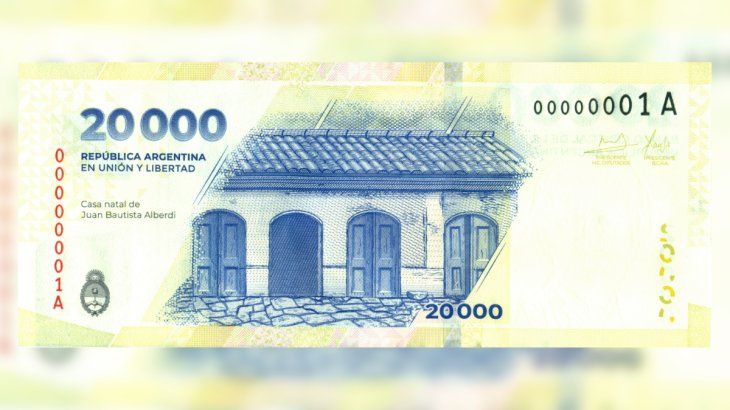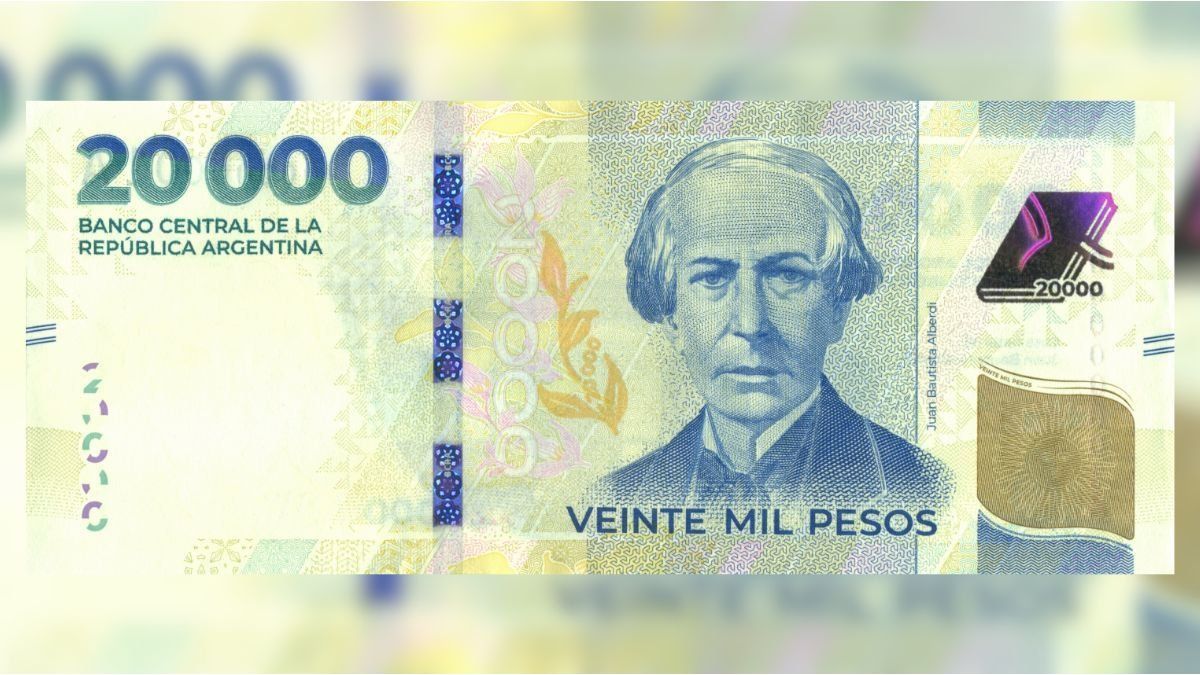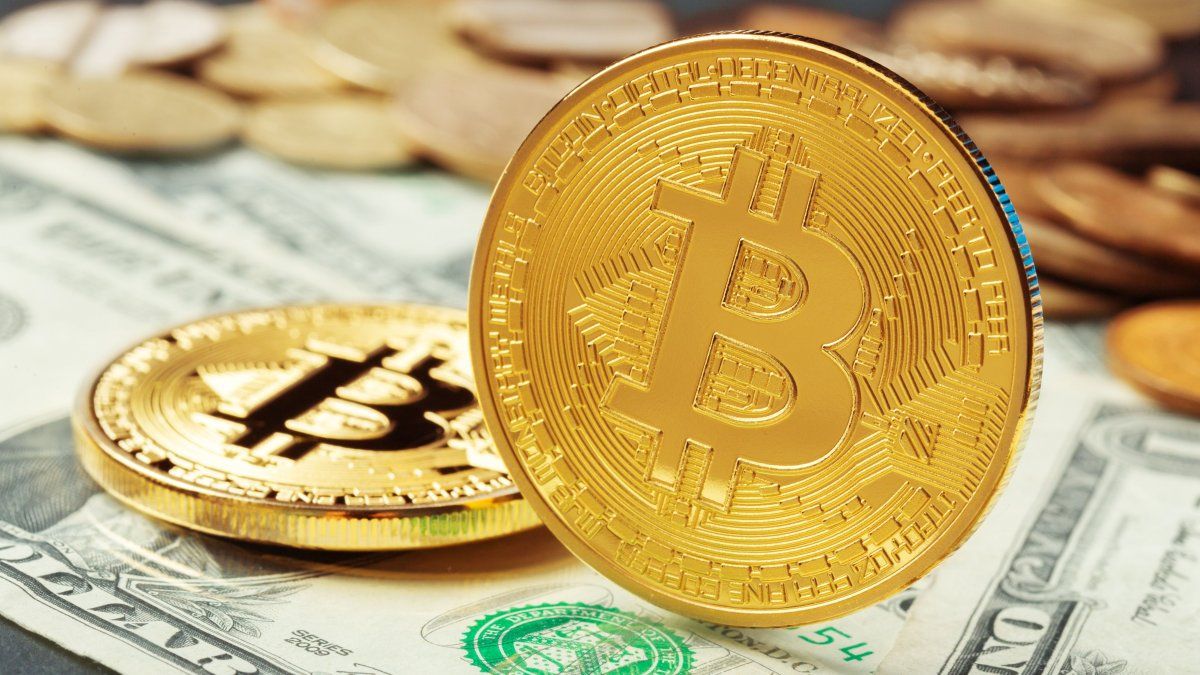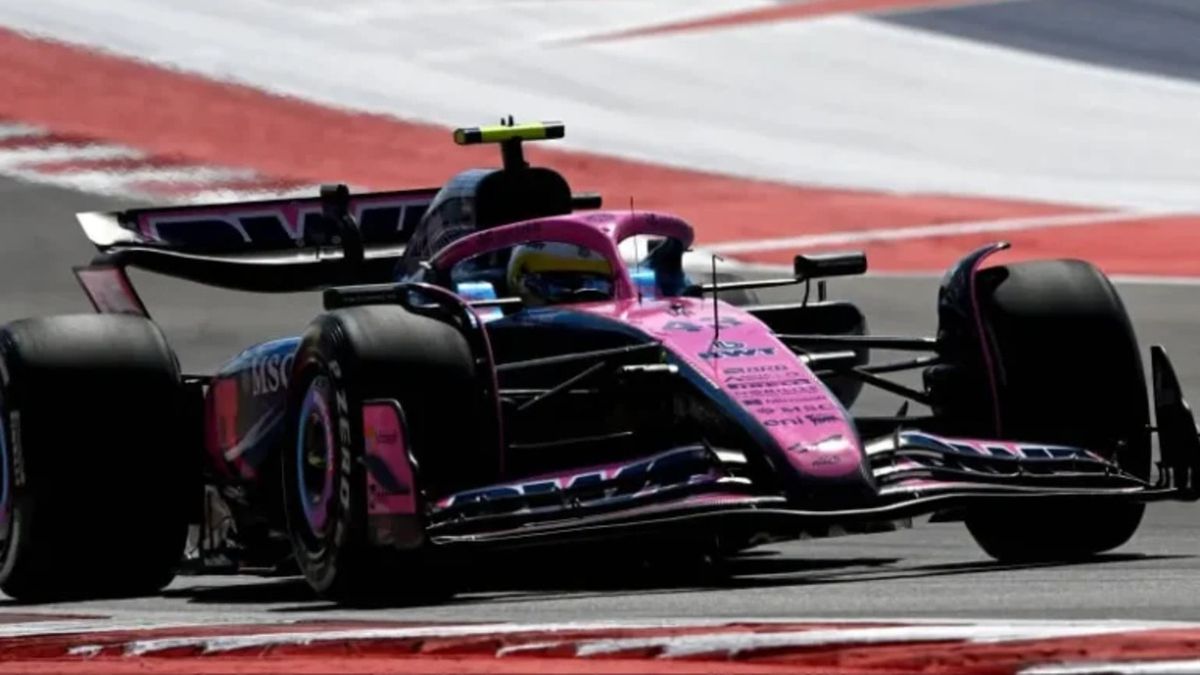The brand new paper, which became of a higher denomination, has the face of Juan Bautista Alberdi on the obverse. However, despite the aesthetics of the new bill, it is still behind what the highest denomination bill from other countries is worth.
He Central Bank (BCRA) put the $20,000 bill into circulation and announced that it will be distributed starting this Thursday through the network of bank branches and ATMs throughout the country. It thus becomes the one with the highest denomination in the local market (a place that, until now, was occupied by the $10,000 one). However, the Argentine banknote with the highest denomination It is below what its peers in the region are worth.
The content you want to access is exclusive to subscribers.
The Central Bank indicated that “a larger denomination bill allows a smaller amount of paper money to be printed to meet the same level of demand for cash by society. Fewer bills in the economy reduce the cost of replacing ATMs and the processing time in the branches”.


$20,000 bill: comparison with the region
The Argentine $20,000 bill is equivalent to 20 dollars at the official exchange rate and 17.6 dollars at the parallel exchange rate. Compared to the highest denomination banknotes in other countries in the region, the new banknote continues to be one of the least valuable in the region, only above Venezuela and Paraguay, and at similar, although lower, levels than Chile and Colombia.
The countries with bills with the greatest purchasing power measured in dollars are Peru (the highest denomination bill is equivalent to USD 52.7), Mexico (USD 48.6) and Uruguay (USD 47.1).
If you wanted to have an Argentine bill equivalent to 200 soles (the highest denomination in Peru), It should be around 60,000 pesos (measured at the parallel exchange rate) or 53,000 pesos (at the official exchange rate).
BILL 20,000 reverse

The highest denomination Argentine bill continues to lag behind its peers
BCRA
What is the new $20,000 for?
In the case of going shopping at a supermarket$20,000 is enough to buy five basic products.
- a packet of sugar: $1,000
- Two packages of noodles: $1,200 each.
- A sachet of milk: $1,500
- a bottle of oil: $2,000
- Two packages of rice: $2,000 each.
- A package of cookies: $2,500
- Toilet paper x 4 units: $2,500
- A packet of yerba mate: $4,000
A dinner at a mid-range restaurant costs around $20,000 and now you can pay with this ticket that bears the image of the liberal politician and writer Juan Bautista Alberdi (1810-1884), one of the ideologues of the National Constitution, Milei’s usual historical reference in his speeches.
Source: Ambito
David William is a talented author who has made a name for himself in the world of writing. He is a professional author who writes on a wide range of topics, from general interest to opinion news. David is currently working as a writer at 24 hours worlds where he brings his unique perspective and in-depth research to his articles, making them both informative and engaging.




